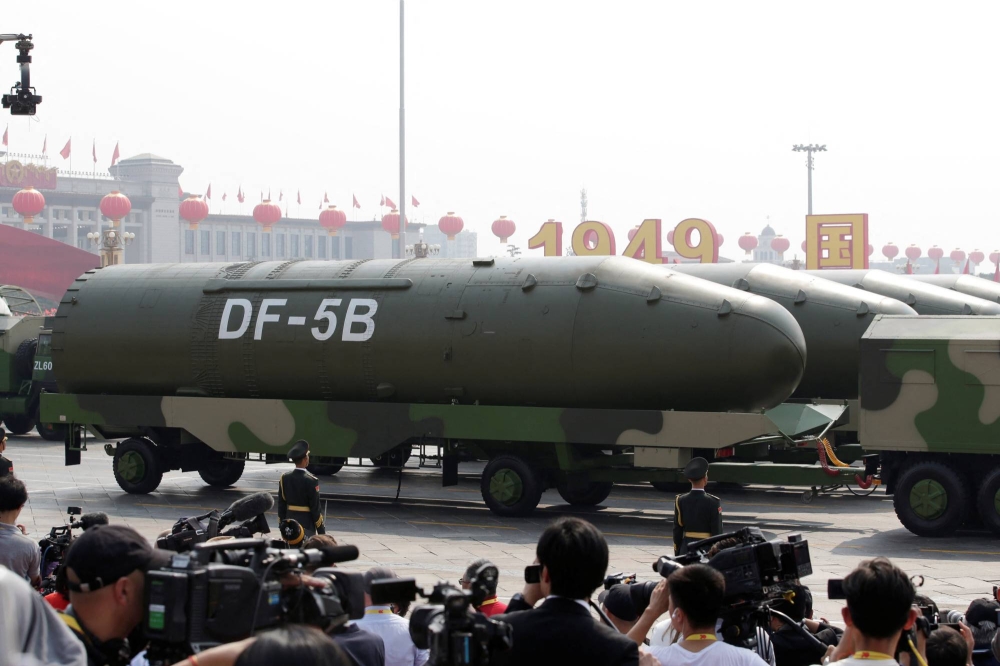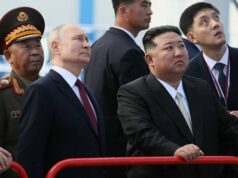US says China set to have over 1000 nuclear warheads by 2030

China will likely have more than 1,000 operational nuclear warheads by 2030 as the country rapidly modernizes and diversifies its military capabilities, the U.S. Defence Department said Thursday.
In an annual report on China’s military power, the department estimated that the number was already above 500 in May, noting that the pace is on track to exceed earlier projections.
A senior U.S. defence official said the acceleration “raises a lot of concerns” and that the United States wants China to be more transparent about its nuclear build-up and to show greater willingness to discuss risk reduction issues with Washington.
Last year, the Pentagon projected that China’s stockpile of warheads had topped 400 and estimated that by 2030, it would have about 1,000 operational nuclear warheads, most of which would be fielded on systems capable of ranging the continental United States.
The United States has said that China, besides strengthening its nuclear forces, is making advances in the development of long-range missiles and in a number of new domains such as outer space and cyberspace, as it ramps up efforts to meet President Xi Jinping’s vow to have a “world-class” military by 2049.
Among other new developments, this year’s report to Congress highlighted the Chinese army’s increased “coercive and risky” operational activities against the United States and its allies in the Indo-Pacific.
It said there were over 180 instances of dangerous air intercepts by the People’s Liberation Army against the United States in the region between the fall of 2021 and fall 2023. The number counted in the past two years is more than the total in the previous decade, according to the department.
Over the same period, there were about 100 instances of such actions taken by the PLA against U.S. allies and partners, it said. The official, who briefed the media on the report, did not disclose the breakdown of numbers by country.
“The PLA’s behaviour contravenes flight safety protocols and international maritime rules of the road, and increases the risk of a major accident, incident, or crisis, including the potential for loss of life,” it said.
The report, mainly covering developments involving China in 2022, said the PLA notably increased “provocative and destabilizing” actions in and around the Taiwan Strait.
The Pentagon said it included in the review for the first time China’s potential use of civilian roll-on, roll-off ships in a Taiwan invasion.
China regards the self-ruled democratic island as part of its territory, to be brought under its control by force if necessary.
The United States has identified China as its sole competitor that has both the intent and capacity to reshape the current international architecture.
Although the two countries have resumed talks at the level of senior officials in recent months, tensions between them stemming from geopolitical rivalry will not likely fade away.
High-level military communication channels between them remain shut following a visit in August last year by then U.S. House of Representatives Speaker Nancy Pelosi to Taiwan.
“The PLA’s refusal to engage in military-to-military communications with the United States…raises the risk of an operational incident or miscalculation spiralling into crisis or conflict,” the report said.




